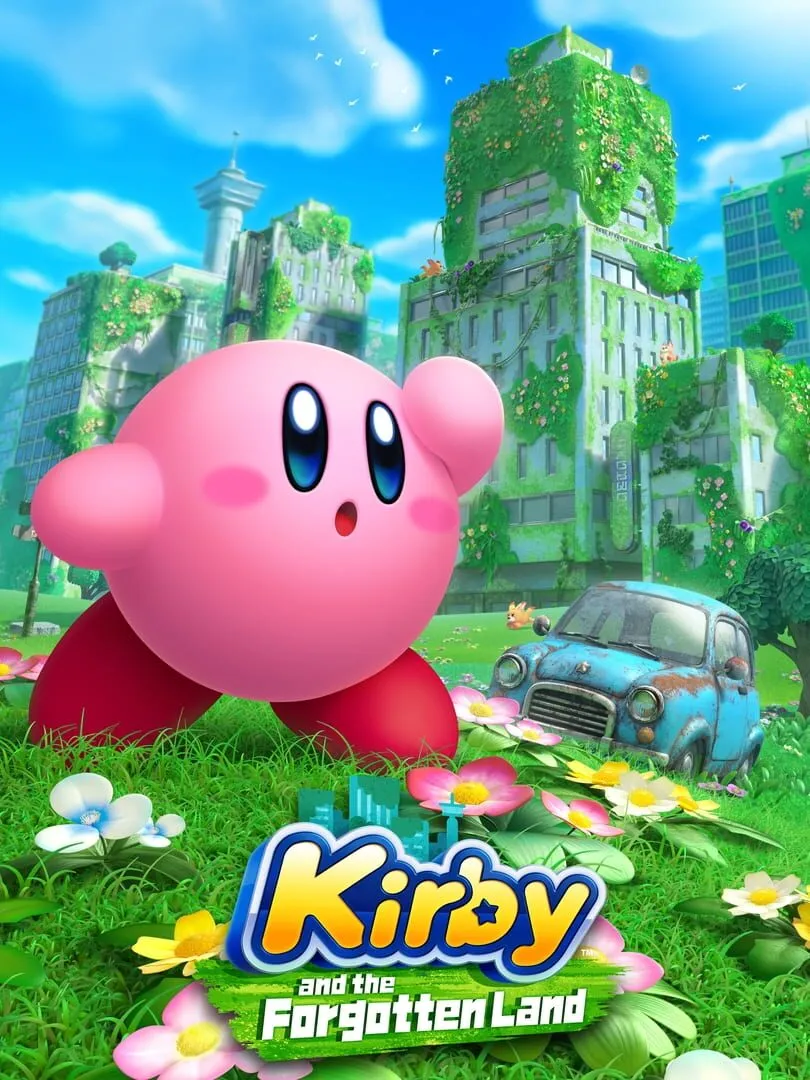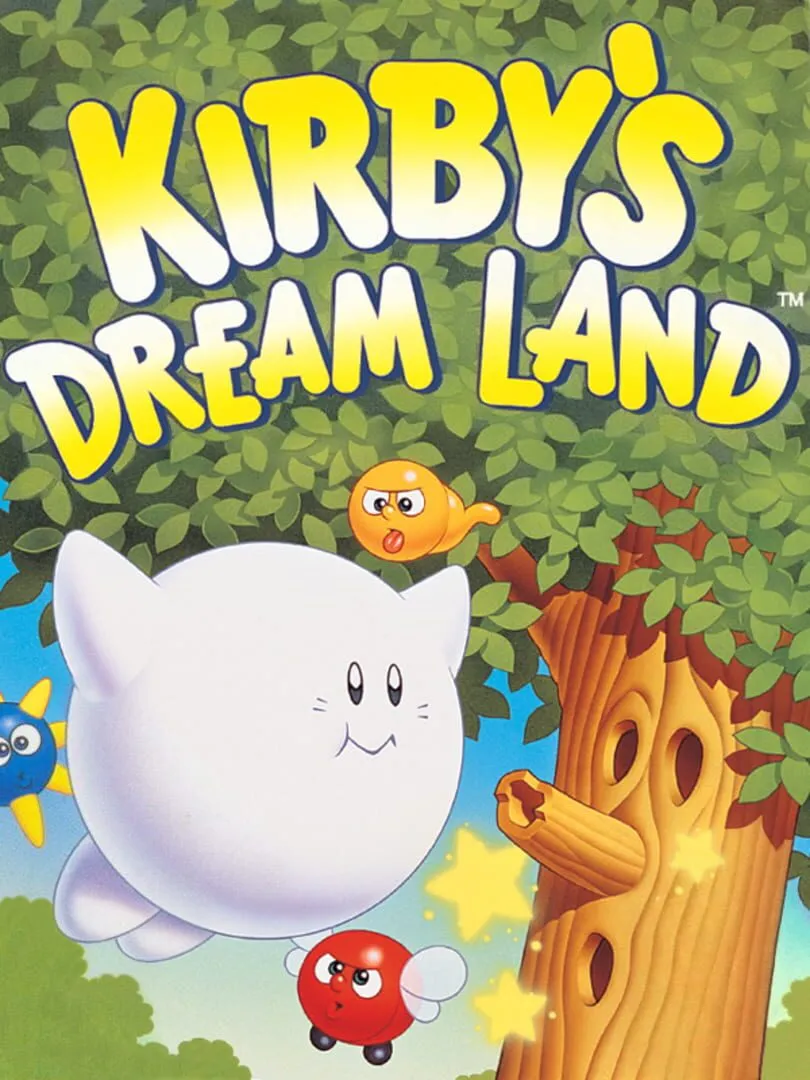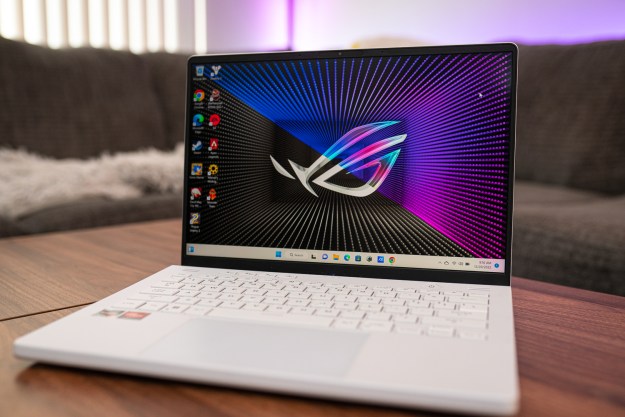Is it possible for anyone to not love Kirby? This little ball of joy has been with us since the NES, charming us with his cute design, lighthearted stories, and stress-free gameplay. Over the years, Kirby has become one of Nintendo’s most beloved characters, nearly as recognizable as Mario or Link. He’s quietly amassed a dedicated audience of fans through the decades and is one of the few franchises to go on for so long with such a strong track record of games. Sure, some modern gamers may look at his titles and think they’re just for kids, but the joy of a Kirby game is one that people of all ages can enjoy.
Whether he’s in his natural form or made of yarn, 2D or 3D, or in an open-world setting like in Kirby and the Forgotten Land, Kirby has established a formula and tone for his games that make them reliably great. There are some more experimental titles in his mainline games, for better and for worse, but on the whole, there’s hardly any Kirby game you can pick up and not smile your way through from beginning to end. Looking at Kirby’s entire catalog of games is a little overwhelming, even when you cut out his spinoff titles, and deciding which are the best is even more difficult. Here’s our best attempt to go through all the best Kirby games and rank them from best to worst.
No offense to games like Kirby Air Ride or Kirby’s Dream Course, which are two fantastic games, but we’ve already got over a dozen games in the mainline series to rank, and we’d be here all day if we included spinoffs, so we’ll leave those for another day. We’ll also only count one version for each game if it was updated with a remake.
Further reading
- Best Mario Party games ranked from best to worst
- The best Zelda games ranked from best to worst
- The best Nintendo Switch games for 2021
Kirby Super Star Ultra

Kirby and the Forgotten Land

Depending on the time of day, Kirby and the Forgotten Land would swap for the top spot on this list easily. That’s not just because it’s the newest adventure, but also because it finally lets us adventure with Kirby in a fully 3D adventure. The power of the Switch is on full display, detailing the world in a bright, inviting, and rich world that is impossible not to want to explore. The new mechanics, while memed to high heavens, are a blast to experiment with, and the progression of rescuing Waddle Dees to build up your town is addicting and rewarding. The only slight downside is the relatively small amount of copy abilities, but the new upgrades do a lot to make the game feel bigger than it is, especially with all the end-game activities and content. If this is Kirby’s first steps into 3D, we have very high hopes for the series moving forward with this new direction.
Kirby: Planet Robobot

Kirby: Nightmare in Dream Land

Kirby Star Allies

Kirby's Epic Yarn

Kirby's Return to Dream Land

Kirby & the Amazing Mirror

Kirby: Canvas Curse

Kirby Triple Deluxe

Kirby's Dream Land

Kirby 64: The Crystal Shards

Kirby's Dream Land 3

Kirby's Dream Land 2

Kirby and the Rainbow Curse

Kirby Mass Attack

Kirby: Squeak Squad

Editors' Recommendations
- 10 best gaming monitors of 2024: tested and reviewed
- Best gaming console deals: cheapest prices on PS5, Xbox S and X and Switch
- Best Buy’s deal of the day is a starter gaming laptop for $700
- The 4 best ethernet cables for gaming on PS5, Xbox, or PC
- More than 80 Nintendo Switch games are discounted this weekend






